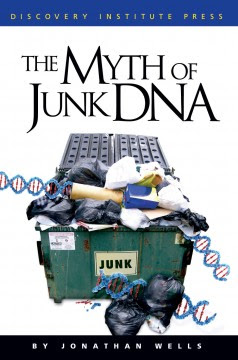According to the scientists, they have revealed the 'Google map' of the human genome. It turns out that each gene receives control signals from dozens of such 'switches' scattered throughout the genome. However, the path from this insight to medical treatments is still far

The human chromosomes, like those that include the genes and a lot of genetic material whose function remains a mystery.
Scientists reveal the results of an international project that, according to the scientists involved in it, disproves the theory that most of our genetic code is made up of junk DNA.
The ENCODE (Encyclopedia of DNA elements) project, in which hundreds of researchers from dozens of laboratories participated, also produced what some scientists call the Google Maps for the human genome.
"We like to think of the ENCODE family of maps" says Elise Feingold from the National Human Genome Research Institute in the US. "It allows researchers to look at the chromosomes that interest them and then ZOOM into genes and even single nucleotides in the human genome in a way similar to how Google Maps users can get to the details."
For decades, scientists believed that most of the genetic code was meaningless, mainly filler between the genes, and that only a tiny part - the part that makes up the genes - was really important. "The term used by the proponents of this approach was junk DNA," says Michael Schneider, a geneticist at Stanford University who participated in the project. "I think all we can agree on is that it just wasn't a good term because it was just something we didn't know what he was doing."
Therefore, in 2003, the National Institute of Health established the ENCODE project with a budget of 288 million dollars. The researchers performed over 1,600 experiments to understand what is happening in this seemingly book region of the genome.
The studies were published in over 30 articles were published in leading journals including Science, Nature and Genome Research.
"The most amazing thing we found was that we can attribute biochemical activity to about 80% of the genome, and it pushed the idea that there is a lot of junk DNA or if there are any DNA sequences that we can call junk," Feingold said.
What we called junk DNA is actually a sequence that creates interactive networks of molecular switches that play key roles in gene regulation. ENCODE Project scientists have discovered at least 4 million regulatory regions so far. These switches trigger genes or calm them down. They orchestrate the way the entire complex system works. Scientists have already begun to discover which switches control which genes. And this reveals even more surprising things. The gardens can receive instructions from dozens of switches, and some of them are not even close to the gardens they visit.
"Most of the human genome is found to control the genes" says John Stamatoiannopoulis, a geneticist at the University of Washington School of Medicine, who also participated in the project.
The findings help explain why many studies have discovered disease-related mutations in places where there were no genes at all. It turns out that these areas include molecular switches that, when they go wrong, cause diseases.
"The way we see the genetic basis of diseases is going to change and it will also change this model from trying to examine what a certain gene A does or what gene B does, to trying to examine how genes work as a system or as a network." says Stamatoiannopoulis.
Other scientists said that the findings provide new insights, but that the chances of anything practical coming out of it in the near future are slim. "I believe it would be irresponsible and unhelpful to try to claim that next year we will reach the clinic and the doctor will use treatments that are the result of this insight." says James Evans of the American College of Medical Genetics. "That's not the way science works."
On the same subject: The cellular cutting machines
